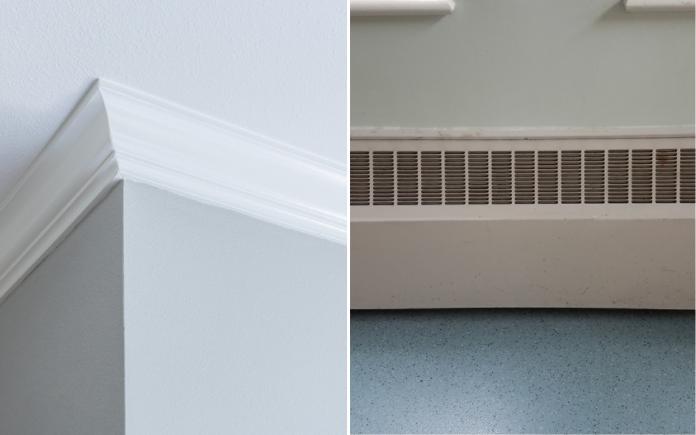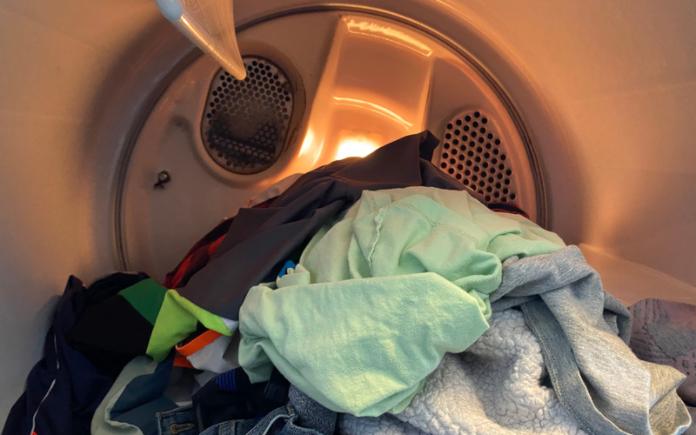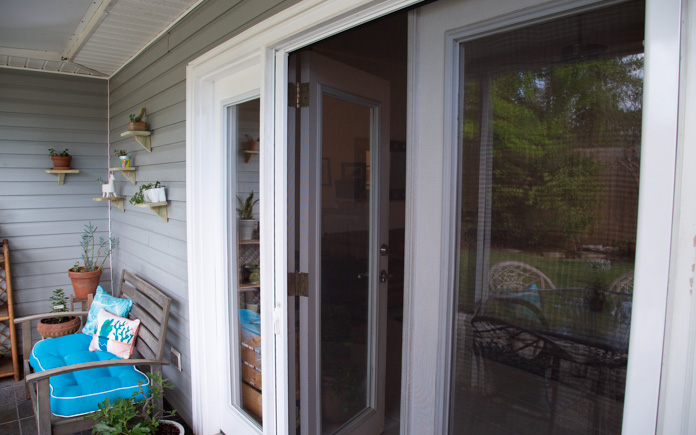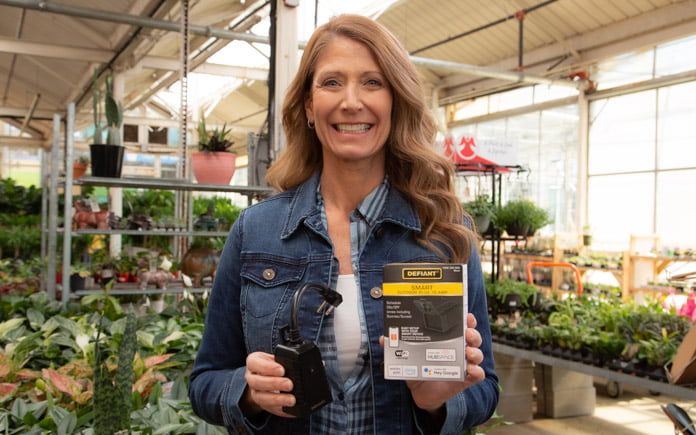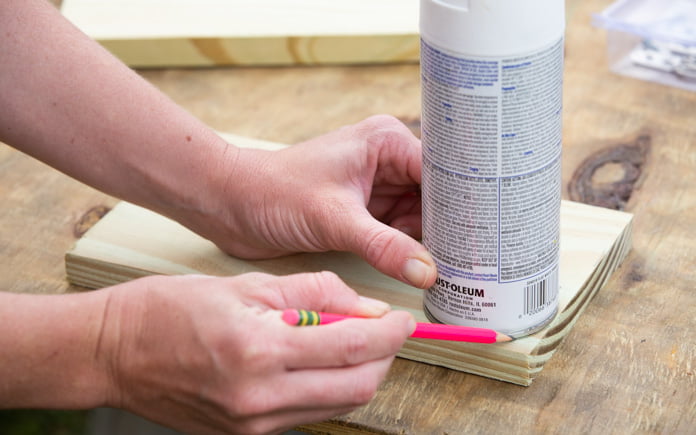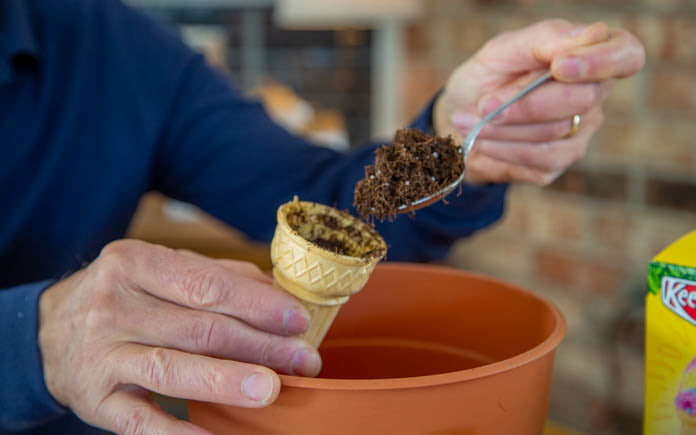How to Make a Stop Block For Longer Wood Cuts
A stop block makes cutting multiple pieces of wood on a miter saw faster and easy. A stop block is a simple reusable jig used in woodworking to mark an edge so multiple pieces of wood can be cut quickly and uniformly. It can get tiresome to stop and measure each piece before you cut … Read more




